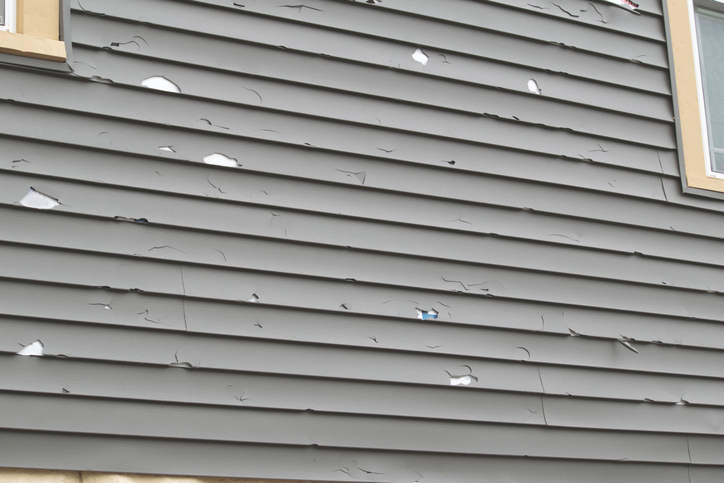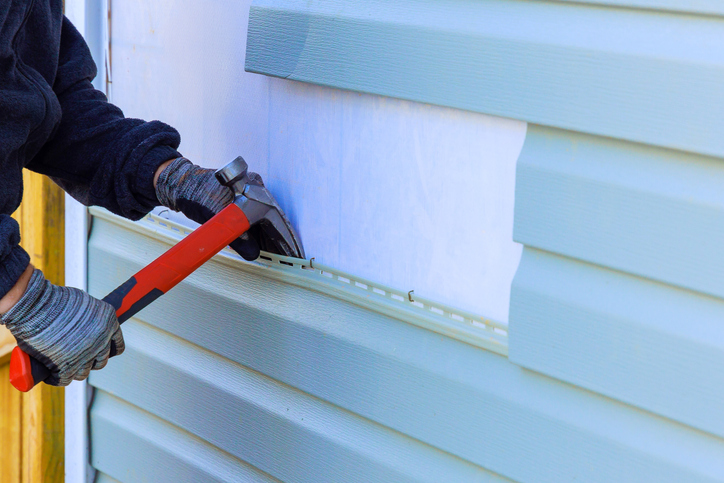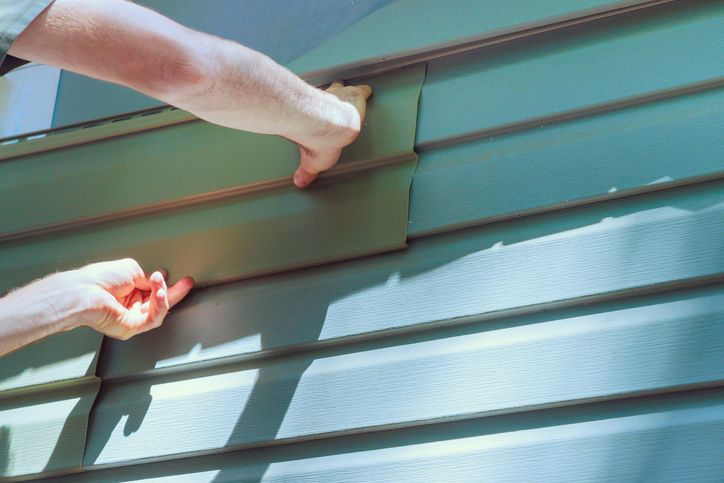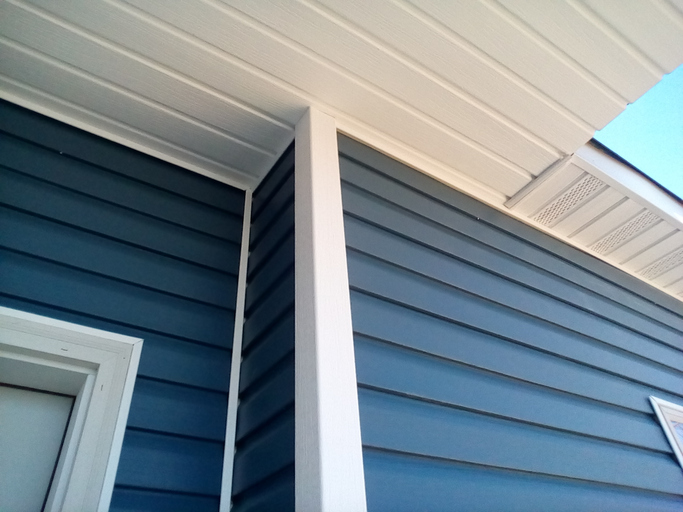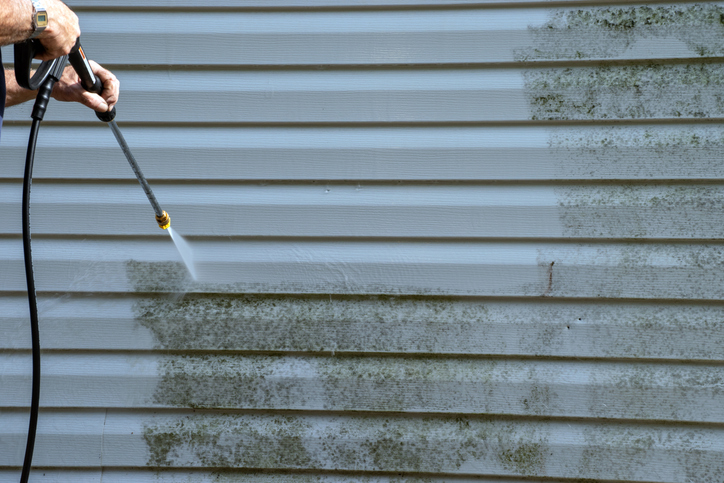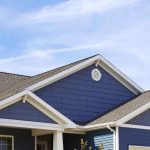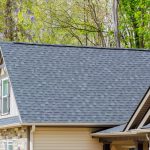Your vinyl siding has served you well, but recently, you’ve noticed cracks, fading, and warping. If left unchecked, these issues could lead to costly repairs or, worse, damage to your home’s structure. Fortunately, with these proactive steps, you can repair your siding, maintain your home’s curb appeal, and prevent bigger problems from occurring down the road.
1. Inspect Siding for Cracks and Gaps
Vinyl siding is tough, but it can develop cracks and gaps over time. Addressing these issues early prevents more significant damage down the road. These simple inspection steps can help you spot potential problems early:
- Walk around your home and inspect the siding closely.
- If you notice any cracks or gaps, seal them immediately to prevent water damage.
- Use a quality sealant to close any small gaps between panels.
2. Replace Damaged Siding Panels
If certain areas of your siding have sustained damage, you can replace individual panels without redoing the entire wall. Replacing damaged panels is a cost-effective way to address localized problems. Follow these steps to replace damaged sections:
- Match the colour and style of the new siding with the existing siding.
- Remove the damaged panel carefully and snap in the new one.
- Ensure the new panel is securely in place to prevent future issues.
3. Address Warping or Buckling
Warping or buckling can occur due to temperature changes or improper installation. Repairing warped siding ensures that your home stays protected from the elements. To correct these issues, keep an eye out for the following signs:
- Check for areas that look uneven or have pulled away from the wall.
- Look for panels that appear swollen or twisted.
- Call a professional if the warping seems severe, as it may indicate deeper issues.
4. Apply a Protective Coating
Over time, your siding’s protective coating can wear off, leaving it vulnerable to damage. Applying a new protective coating will help preserve your siding’s appearance and increase its durability. To keep it looking new, consider applying a protective coating by following these steps:
- Choose a UV-resistant coating to protect against sun damage.
- Ensure the siding is clean and dry before application.
- Reapply the coating every few years to maintain protection.
5. Cleaning Vinyl Siding to Prevent Damage
Once you have repaired your vinyl siding, it is important to maintain it with regular cleaning. It keeps your siding looking new, increases its longevity, and helps you spot early signs of damage. Here’s how you can properly clean your siding:
- Use a soft-bristle brush and a mild detergent.
- Avoid harsh chemicals that can strip away the protective coating.
- Rinse with a garden hose to remove dirt and soap residue.
Know When it is Time to Replace Your Vinyl Siding
While many small repairs can be done on your own, some situations call for professional expertise. Moisture inside your home or missing panels often signal the need for full siding replacement. Rising energy bills may also indicate poor insulation. When repairs can’t restore function and appearance, replacement is the best option to protect your home. Call a professional early to prevent more costly repairs in the future and ensure your home remains protected.
If you think your home’s siding needs professional attention for repair or replacement, contact our team for a no-obligation quote. At George Kent Home Improvements, we take pride in delivering results that make you feel confident and secure.


